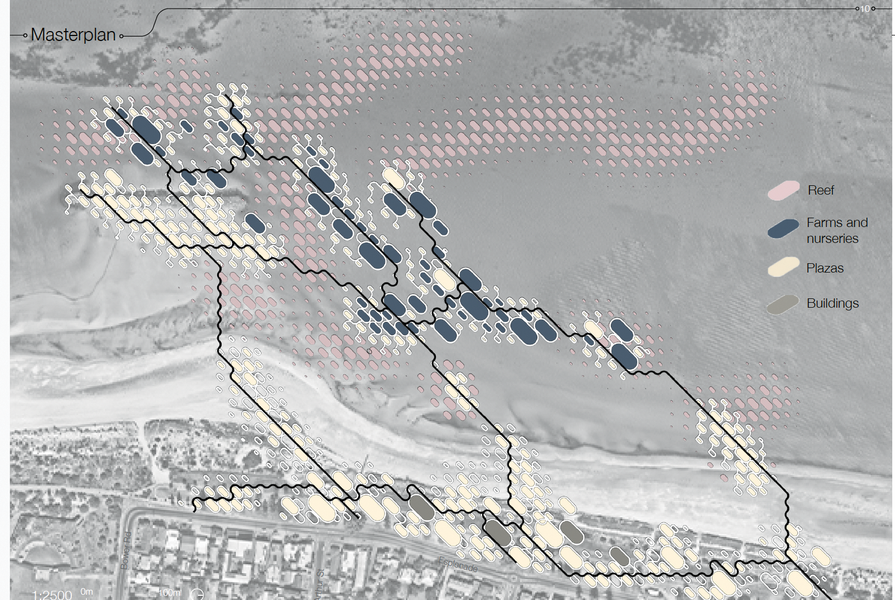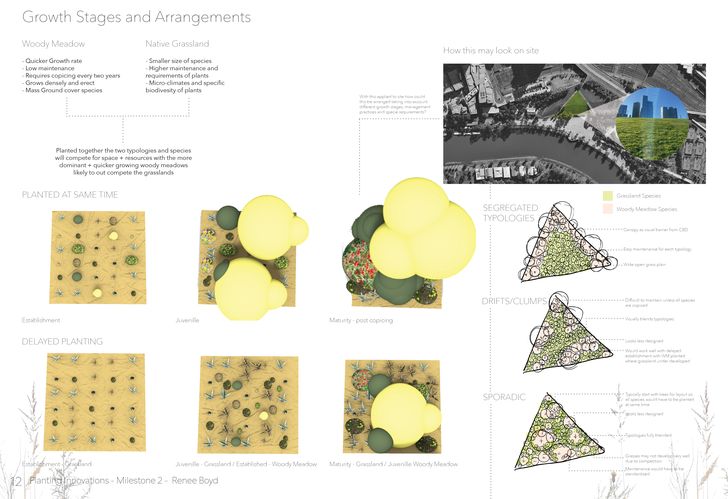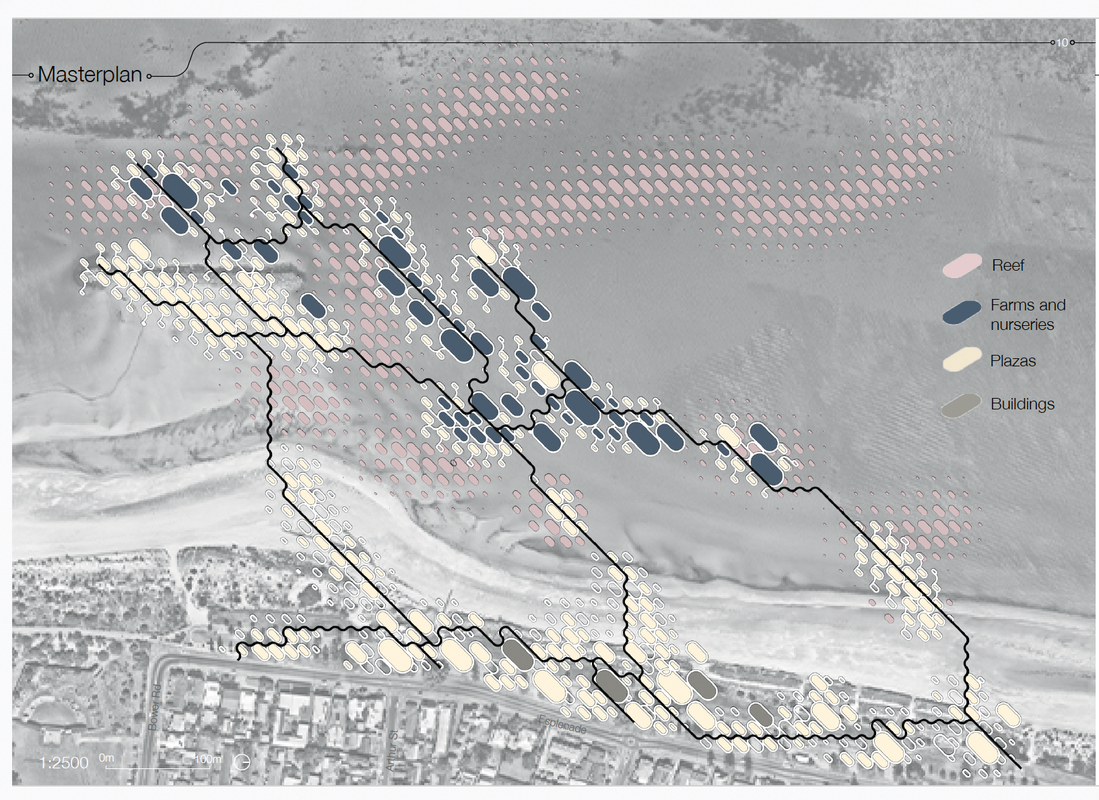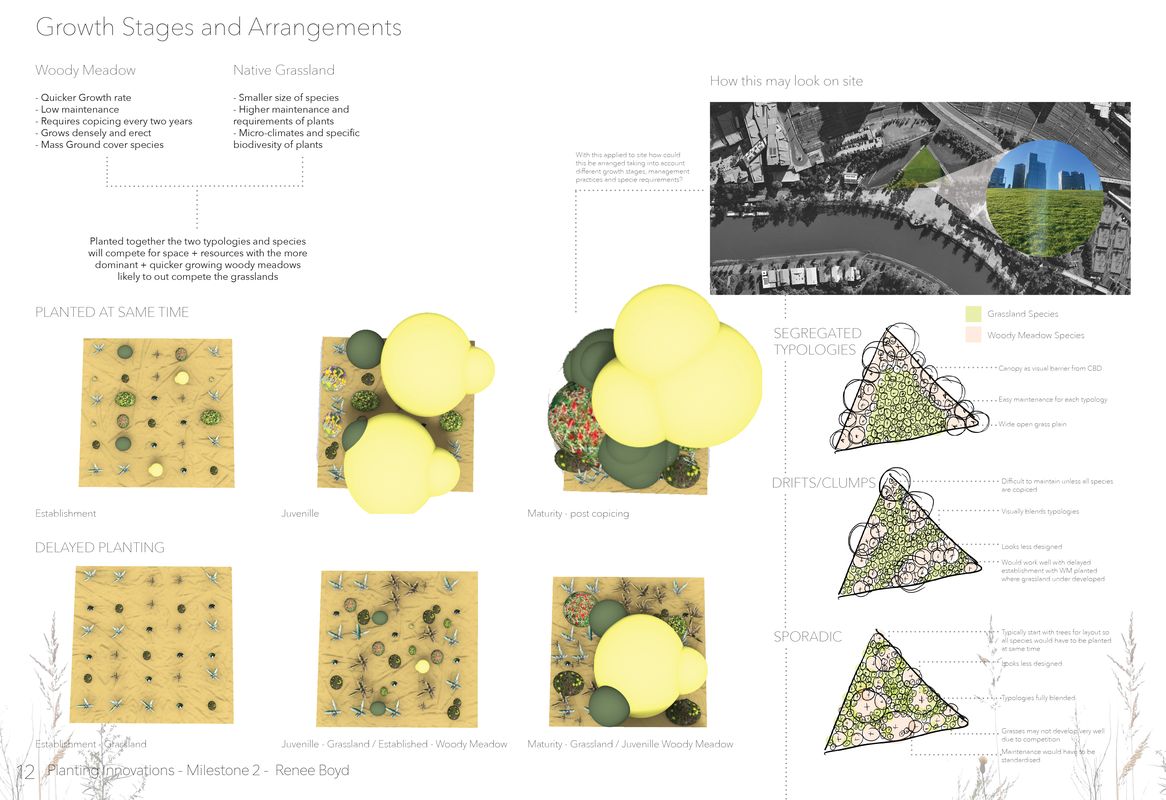In late 2023, Landscape Architecture Australia brought together representatives from Australia’s eight landscape architectuåre programs, along with AILA’s Education Committee Chair, to discuss trends in education. Whether you think universities exist to drive innovation in practice, to meet the vocational needs of students, or to fulfil the supply demands of practice, the engaging and nuanced discussion reinforced the saliency of landscape architecture, but left me wondering: why don’t more people want to study it?
Supply and demand: enterprising alliances
The discussion’s opening dialogue focused on the continuing downward pressures on higher education and the challenges of program viability. In one instance, where a landscape architecture program had closed, landscape subjects have been integrated within architecture, planning and construction management. Across the conversation, there was a broader questioning of how landscape architecture might leverage knowledge-sharing in the context of such existential challenges, without losing its identity as a profession. Representatives from smaller university landscape architecture programs spoke to the role of innovation in combatting these difficulties and the value of both entrepreneurship and bringing people in. Other program representatives discussed the role of Work Integrated Learning (WIL) in tackling real-world problems through community-based projects, and the ability to strengthen programs in the long term by building the professional base through partnerships with industry and community.
Beyond being critical of regionalism
The conversation ebbed and flowed between the global and the local – from China’s increasing educational self-sufficiency to trends from South Asia. There were interesting discussions about geographical and program distinctiveness: the paradox of Canberra as both a regional and national city with proximity to government; Perth’s hyper-local conditions that reinforce a strong dialogue with local practice; and Brisbane’s boon of Olympic infrastructural investment and the agency of students in a still-buoyant jobs market.
Sea Array by Reon Roberts.
Image: Reon Roberts
A new Australian vernacular?
The discussion included reflections on the enrichment of university programs in an oscillation between indigenizing and internationalizing. Talk included consideration of the importance of universities becoming culturally safe spaces through employment and representation within the discipline, school and faculty. It also encompassed discussion of the broader strategic contexts directly informing the curriculum – like the introduction of the NSW Government Architect’s Connecting with Country Framework, which aims to “empower Aboriginal voices and provide guidance to government, planners, designers and industry on how to respond to Country.”
Climate adaption and mitigation – between art and science
The discussion seemed to evidence a genuine impetus to rethink both site conditions and governance systems in the context of climate change. Conversation moved overseas to the American Society of Landscape Architects’ (ASLA) successful application to the US government for recognition of landscape architecture as a STEM discipline and profession, and to how we might situate landscape architecture as a creative praxis in the context of Australian business and government’s focus on STEM. There was also an acknowledgment that art and science are very different domains of knowledge and that we need to be able to articulate how landscape architects work between those modes – in a third, productive material mode with contextual, cultural and measurable value.
Creative and critical thinking
Importance was placed on both teaching students and informing practice through the use of technologies, such as drones, laser tables, robots, parametric modelling, GIS and AI. There was also an emphasis on exploring new ways of drawing in a context not stymied by practice’s project timeframes and budgets. It was clear that to benefit from the rapid and ubiquitous uptake of technology, we require independent thinkers who can challenge technical assumptions. We also need curious people: those who eagerly navigate multiple platforms and understandings of the world, remaining open to its limitations and deficiencies.
The conversation conveyed that AI is changing pedagogy and that programs are now thinking about how to teach AI in a way that fosters generative, creative and critical graduates.
For the “Planting Innovations” design research seminar held at RMIT University in 2023 and led by Jela Ivankovic-Waters, student Renee Boyd used digital processes to explore planting strategies.
Image: Renee Boyd
The pandemic – opining the analogue
The legacy of COVID-19 was raised in terms of the mental health of time-poor students, as well as the impact of online education and a reliance on digital 3D visualization at the expense of the specificity and precision of 2D drawing skills. Some program representatives bemoaned our growing inability to interrogate the human experience, as well as the numbing of the body as a design tool. The view appeared to be that industry wants students with strong soft skills in addition to technological skills. But after operating online for so long, some students – from both domestic and international cohorts – are finding it more difficult to critically frame discussion.
Reflection – a practitioner’s perspective
The extent of change and deviation from standard social or technological processes is one way in which innovation is being considered in this February 2024 edition of Landscape Architecture Australia. Yet in many ways, innovation provides the evidence base for best practice, which is valued for its applicability for widespread adoption. So, if we, as built environment designers, are to make a tangible disciplinary difference at scale and at speed, then perhaps we don’t need to educate some landscape architects to be innovative all of the time – or even all landscape architects to be innovative some of the time. What we do need, as a minimum, is to educate all landscape architects to know how to achieve best practice, all of the time. Because as a practitioner, I know that even best-practice design processes and outcomes are inextricably linked to good governance. So, in the context of treaty and truth-telling, and climate and biodiversity collapse, truly innovative design must be instrumental in radically rethinking public and private governance structures and project procurement processes.
One way that practice, the academy and development partners are coming together is through action research centred on real-world challenges that redefine landscape performance and expand new knowledge creation. If, together, we place more emphasis on modes of design innovation that are realized through measurable application, we might encourage more people to want to study – and stay in – landscape architecture.
The Roundtable on Innovation and Education took place online on 22 September 2023 and was facilitated by Jela Ivankovic-Waters and Emily Wong and moderated by Claire Martin. The participants and university program representatives were Beau Beza (AILA Education Committee Chair), Julian Raxworthy (University of Canberra), Katrina Simon (RMIT University), Martin Bryant (UTS), Simon Kilbane (The University of Western Australia), Sara Padgett Kjaersgaard (UNSW Sydney), Scott Hawken (The University of Adelaide), Shannon Satherley (QUT) and Sidh Sintusingha (The University of Melbourne).
















